The inside of the Earth consists of four main layers. The inner core, outer core, mantle and crust. The crust is the thinnest of the layers and is made up of moving pieces called plates made from solid rock. There are two types of crust: oceanic and continental crust. This activity is a great introduction to the theory of plate tectonics.
Tectonic Plate Theory
Under the plates is a layer of partially melted rock ( the top part of the upper mantle). Tectonic plates are constantly moving over this weaker molten layer. As the plates move, different things happen where they meet. Rifts form at the points where two plates pull apart, and earthquakes and volcanic eruptions occur where the plates push together. This process is called plate tectonics. Most of the Earth's geological activity is caused by the movement of tectonic plates.
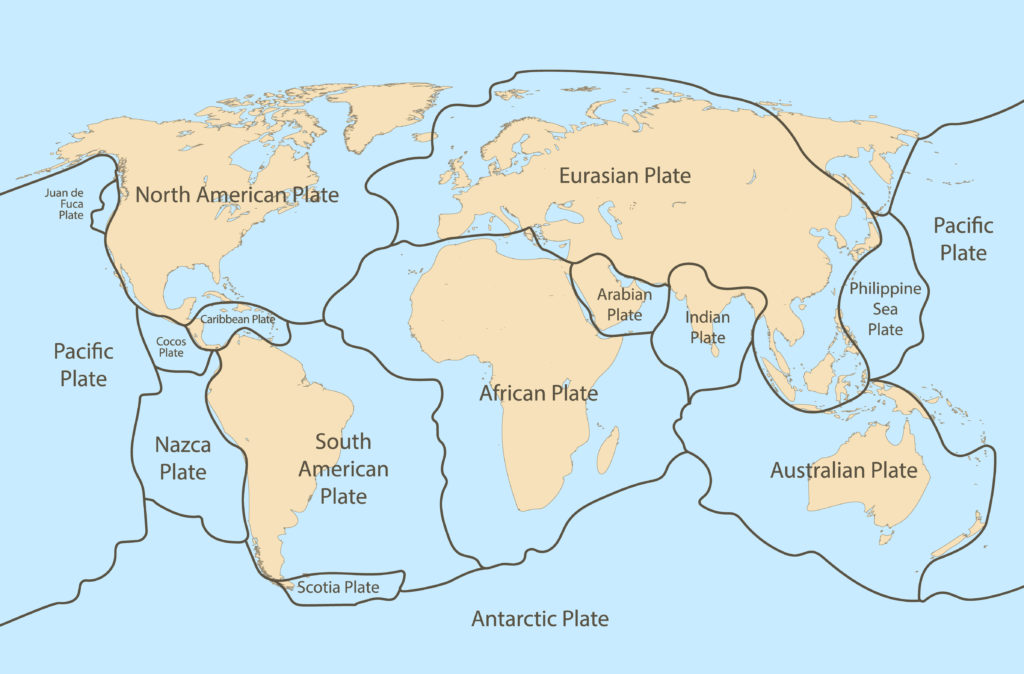
There are three types of tectonic boundaries created by the movement of plates.
Tectonic Plate Boundaries
Divergent Plate Boundary
This is where the plates move apart and is also called a constructive plate boundary.
On land, divergent boundaries lead to gigantic troughs. The Great Rift Valley in Africa is an example of this. The Great Rift Valley is causing East Africa to slowly move away from the rest of the continent.
When tectonic plates move apart under the sea, the pressure under the crust is reduced, allowing hot mantle rock to melt and erupt. As the rift increases, more and more lava erupts and hardens, adding fresh, new rock to the ocean floor.
Convergent Plate Boundary
This is where plates move towards each other. It's also referred to as a destructive plate boundary.
Mountains are formed where plates collide, and the crust crumples up. The more the plates collide, the higher the mountain.
Under the ocean, one plate often slips under another, giving rise to huge trenches. Sometimes, underwater volcanoes form when part of the crust melts and erupts. An example of this is the Japan Trench caused by the Pacific plate diving under the North American Plate. The Japan Trench is part of a ring of undersea trenches in the Pacific.
Transform Plate Boundary
This is where plates move sideways past each other. The crust here isn't destroyed, but the movement can still be dangerous if the two plates lock together, causing tension and then snap suddenly, causing an earthquake. An example of a transform boundary is the San Andreas Fault in California.
This kind of boundary is also called a conservative plate boundary.
Plate Boundary Diagram
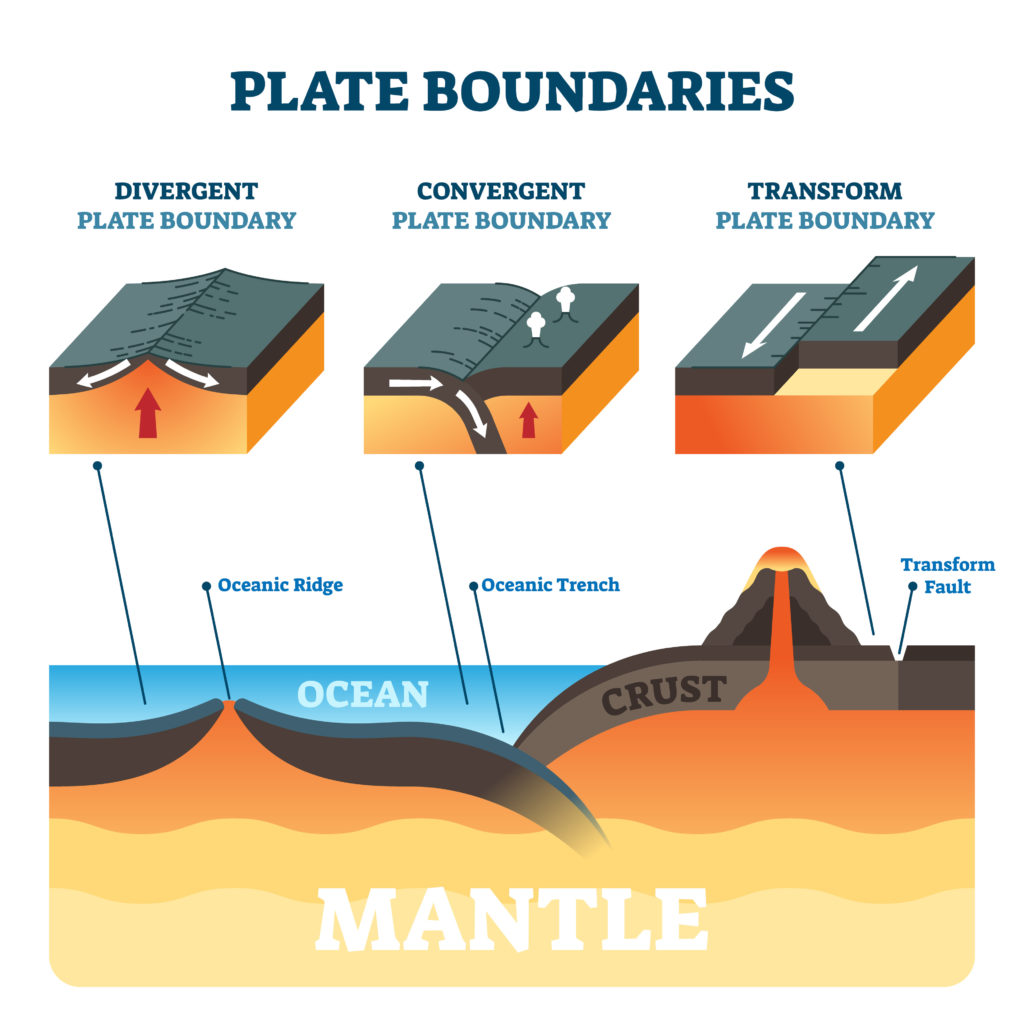
The plates make up the outer shell of the Earth ( the lithosphere ).
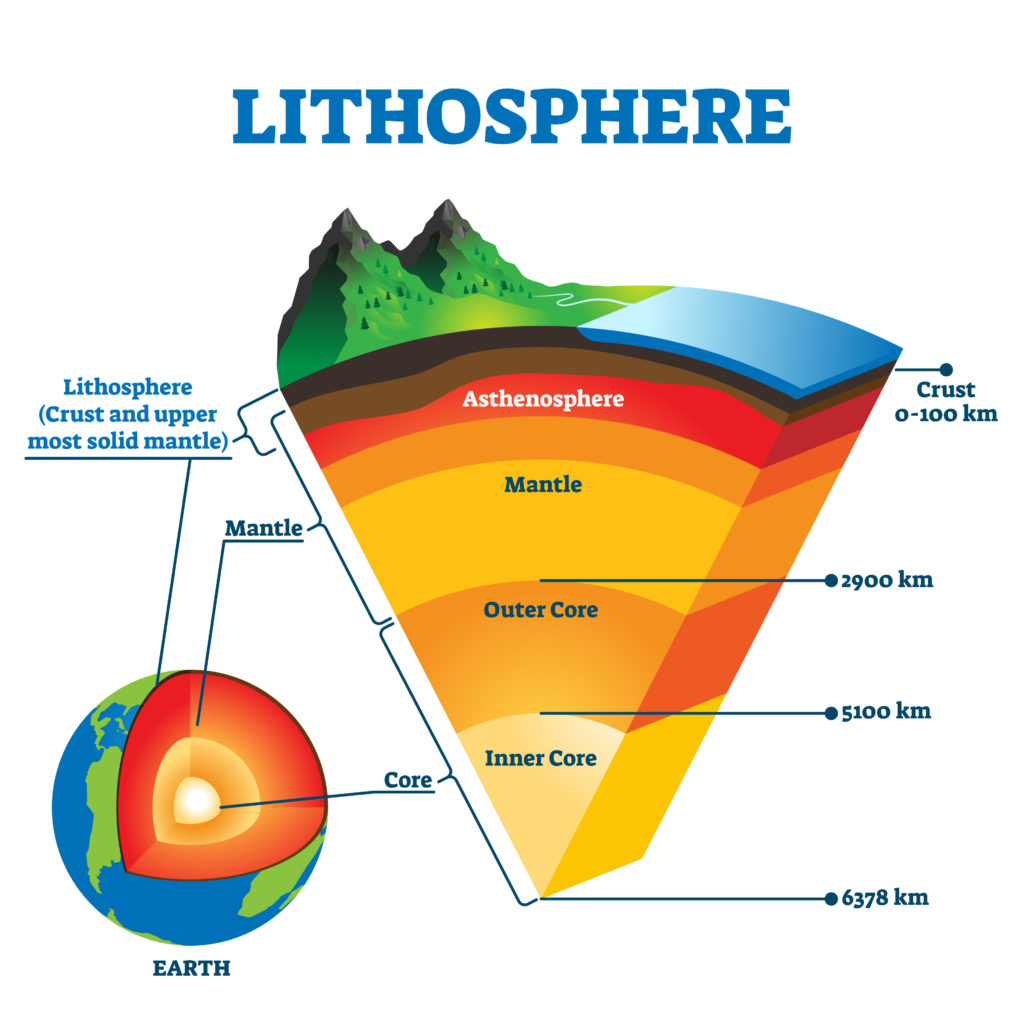
Orange Peel Plate Boundaries
This activity uses an orange to demonstrate tectonic plates.
The orange with peel represents the Earth.
The peel represents the earth's crust ( continental and oceanic ).
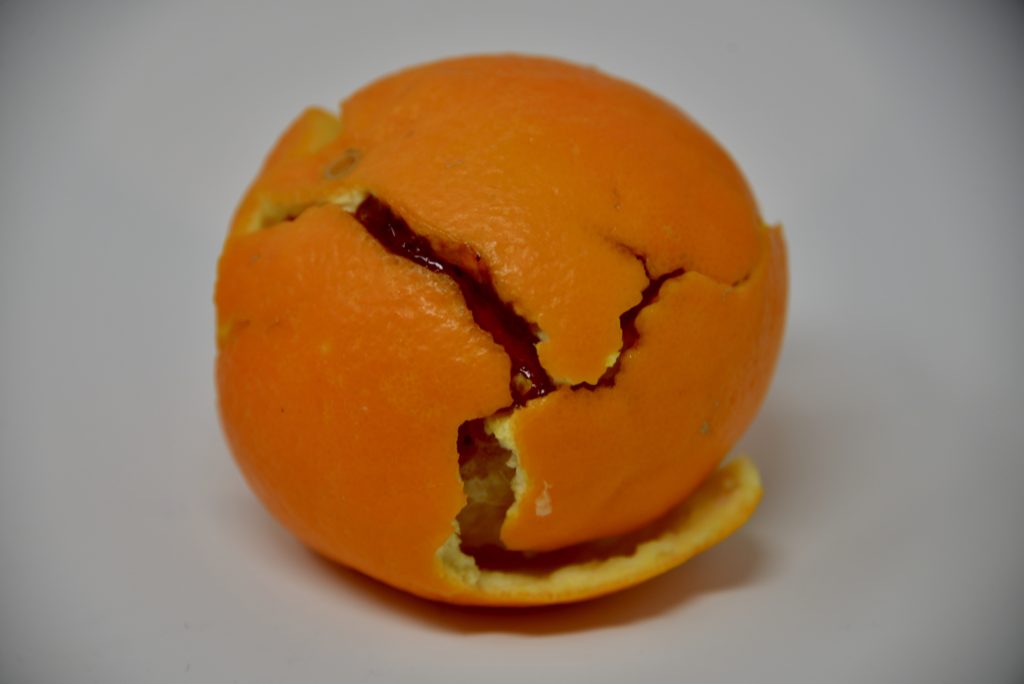
You'll need
One orange
Plastic knife
Plate
Instructions - Orange Peel Plate Boundaries
Remove the peel from the orange in as large a piece as possible and put to one side.
Split the peel into 3-4 pieces. These are your plates.
Try to place the peel back on the orange. Each separate piece of peel represents a continental plate.
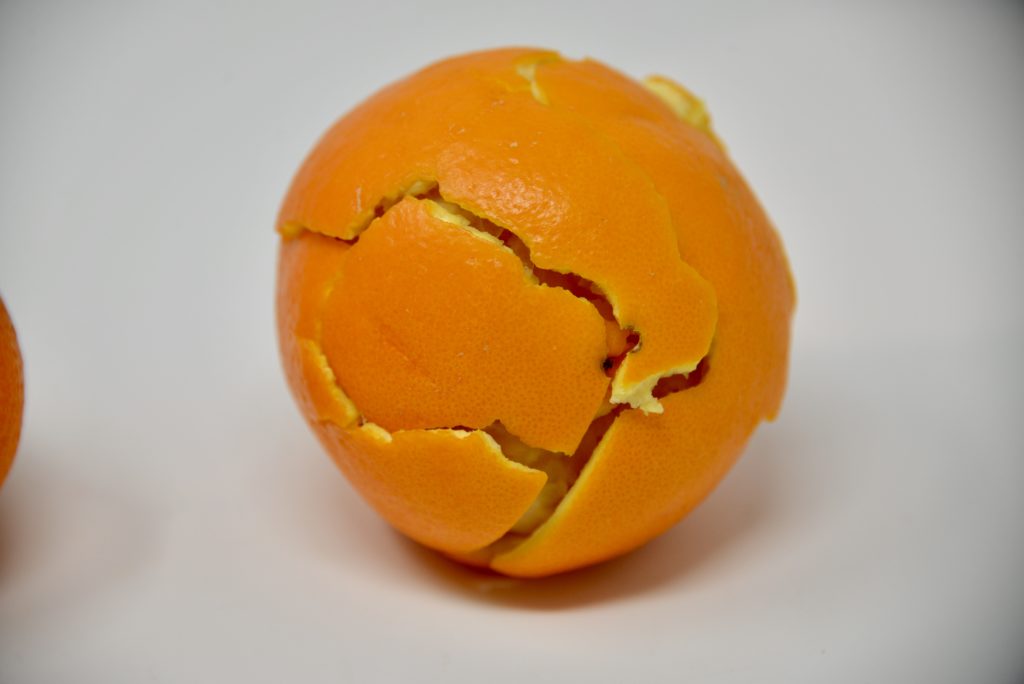
Extra Challenge
This time, before putting the peel back on the orange, cover the orange with jam first. This represents the partially melted layer of the upper mantle. The jam should allow the orange peel to move around more freely.
Move the orange peel plates around and watch what happens to the jam layer.
Fun Fact - Most of the plates that make up the Earth's crust move around 2-4 inches per year.
Examples of tectonic plate boundaries
Each tectonic plate can have different types of plate boundaries with other plates.
The Nazca Plate/South American Plate is a destructive or convergent plate boundary where the Nazca Plate is forced under the South American Plate.
The San Andreas Fault in California is an example of a transform plate boundary.
Mid-Atlantic Ridge is a chain of mountains under the sea formed as the North American Plate and the Eurasian Plate in the North and the South American and African Plates in the South move apart. This is a divergent plate boundary.
More Plate Tectonic Activity Ideas
Make a model seismometer with a shoebox!
Playdough to Plato has a lovely graham cracker plate tectonic activity.
Schooling a Monkey has an edible continental drift activity.
Try my edible earthquake investigation.
Books about Earthquakes



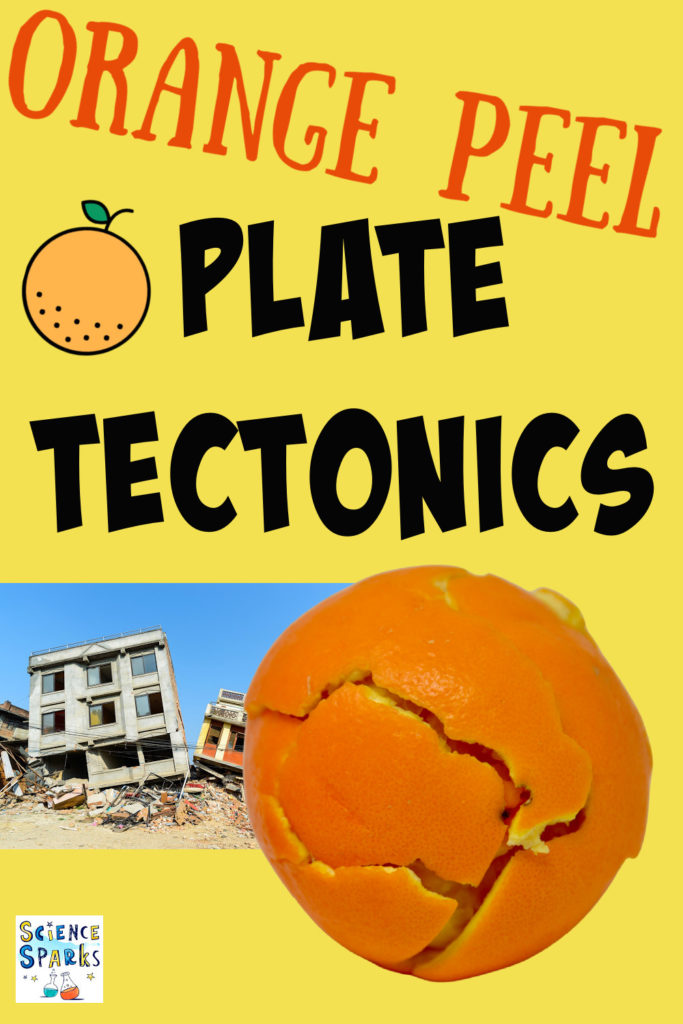
Last Updated on September 6, 2023 by Emma Vanstone



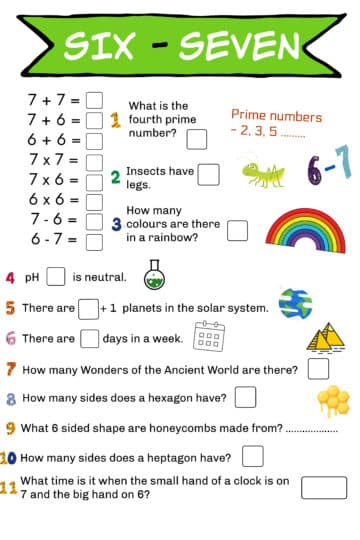
Leave a Reply